We’ve said this before and we will say it again. Kilimanjaro is a trekking mountain, not a climbing mountain. Trekking = Hiking, so the best training for Kilimanjaro is to go hiking. Some websites will tell you that you need to cross-train, biking, swimming, weight training, or even go on a diet. No. Again, pole pole. Just become the best version of yourself and start with that process about two months in advance. You can follow a strict training plan or just keep the following things in mind.
We recommend a minimum of three hiking/walking sessions per week, each lasting at least one hour. The specifics of your sessions, such as distance, duration, and elevation gain, will largely depend on the available trails in your area. Ideally, you should look for trails that are a few miles long and include a challenging uphill section that can be completed in approximately one hour. Finding a convenient location for your training will enable you to schedule regular sessions and easily track your progress.
Additionally, try to make time for longer day hikes, as they are excellent training opportunities. A solid day hike typically lasts four to six hours and involves moderate elevation changes of around 1,000 feet (305 meters), all while carrying a 20 lb. (9 kg) pack. If you feel up to the challenge, don't hesitate to tackle harder trails; they will provide even more beneficial training for your Kilimanjaro climb. If you don't have access to outdoor trails, don't worry. Training on stairs can be an excellent alternative to simulate the climbing experience on Kilimanjaro. You can also make use of a stair master machine for productive training sessions.
To mimic the challenge of climbing the mountain, wear your backpack and maintain a slow and steady pace. We suggest dedicating 1-2 hours to climbing stairs or using the StairMaster. What goes up, must come down. Descending Kilimanjaro is harder than climbing Kilimanjaro. Train your downhill walking!
Now, are you feeling confident and do you think you have most of the hiking under the belt? Then you can change it up. Go for a run, do stretching exercises, yoga, maybe even weight. Essentially, anything that can help to improve your overall fitness is a plus. Just make sure your main focus is hiking.



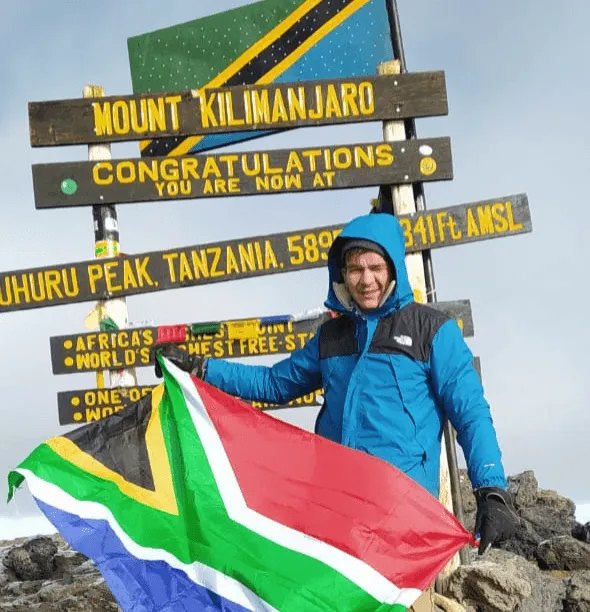
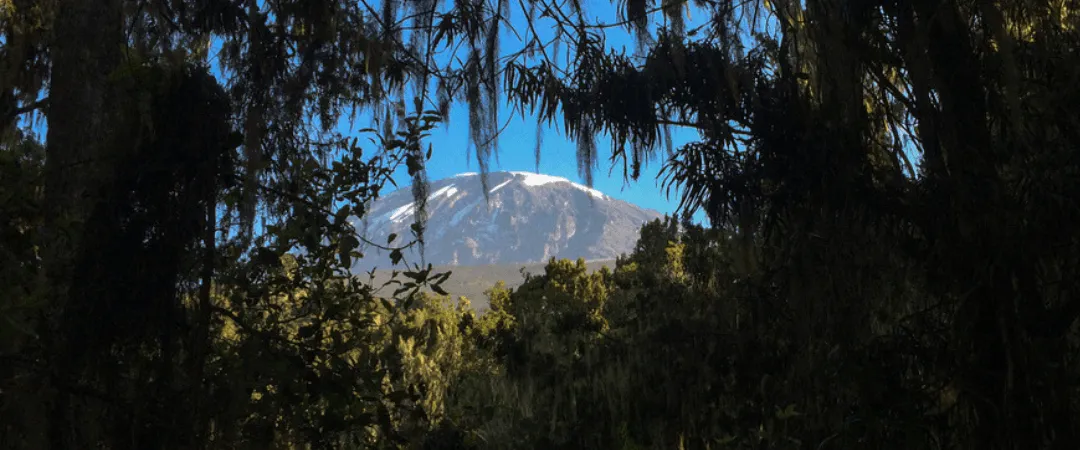
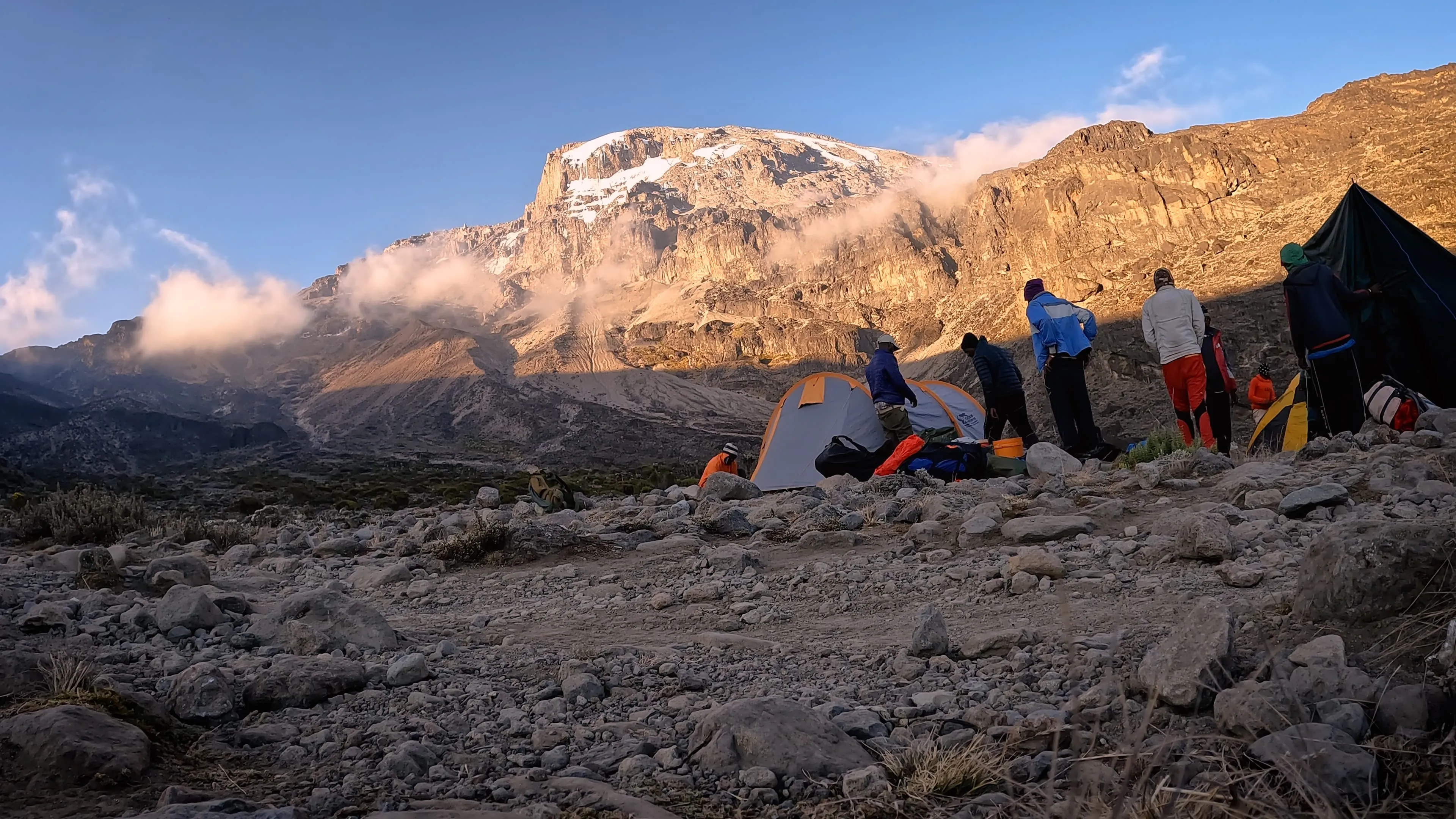
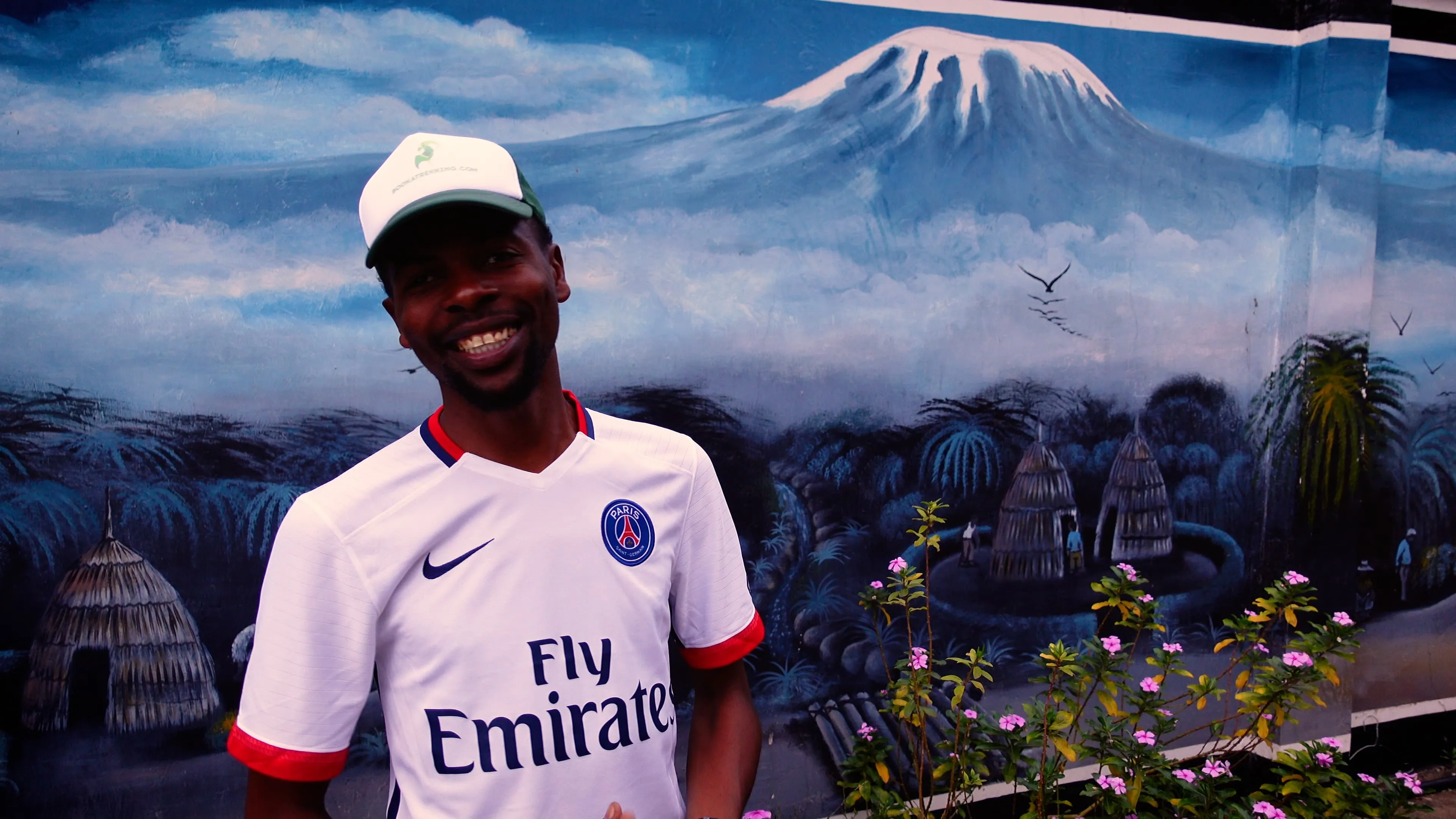
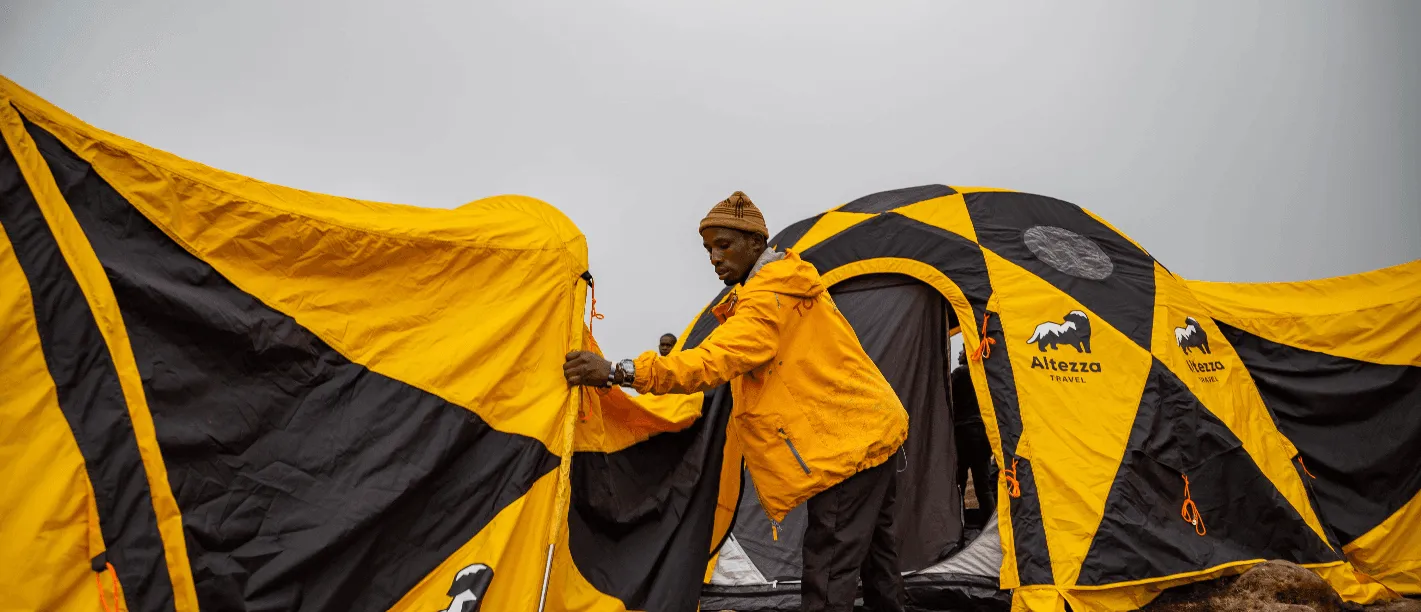
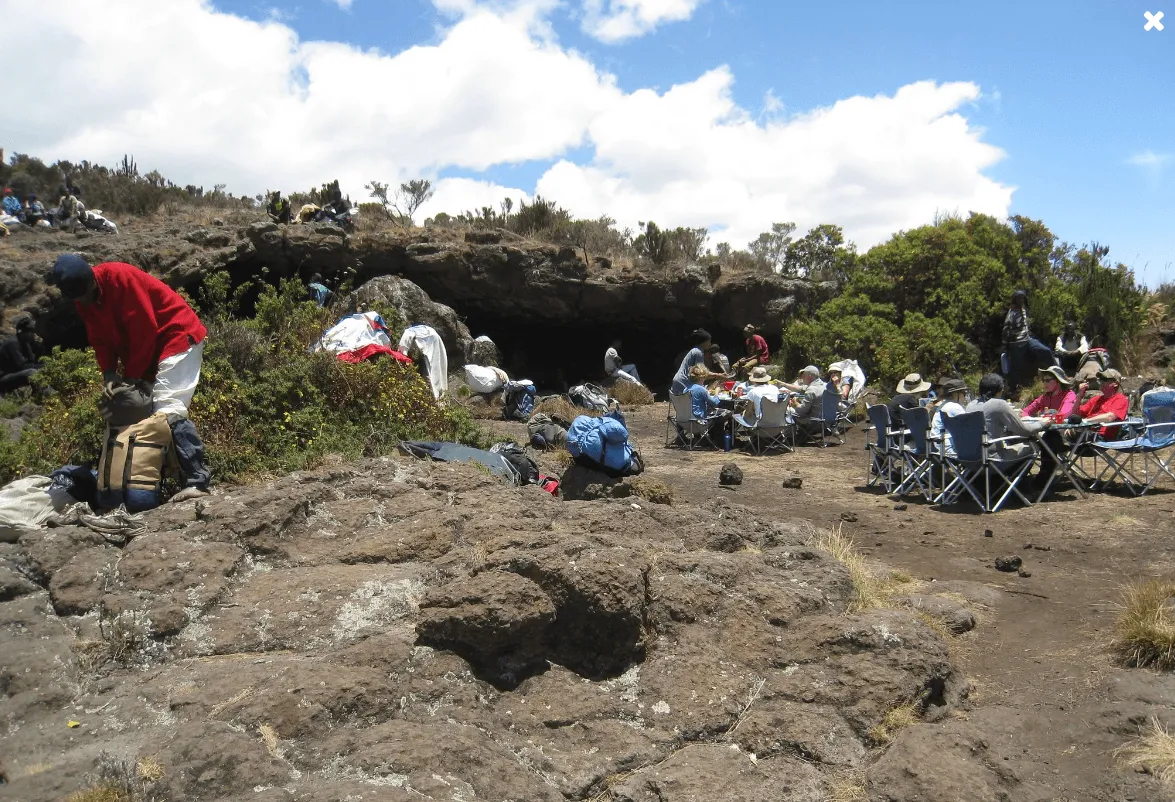
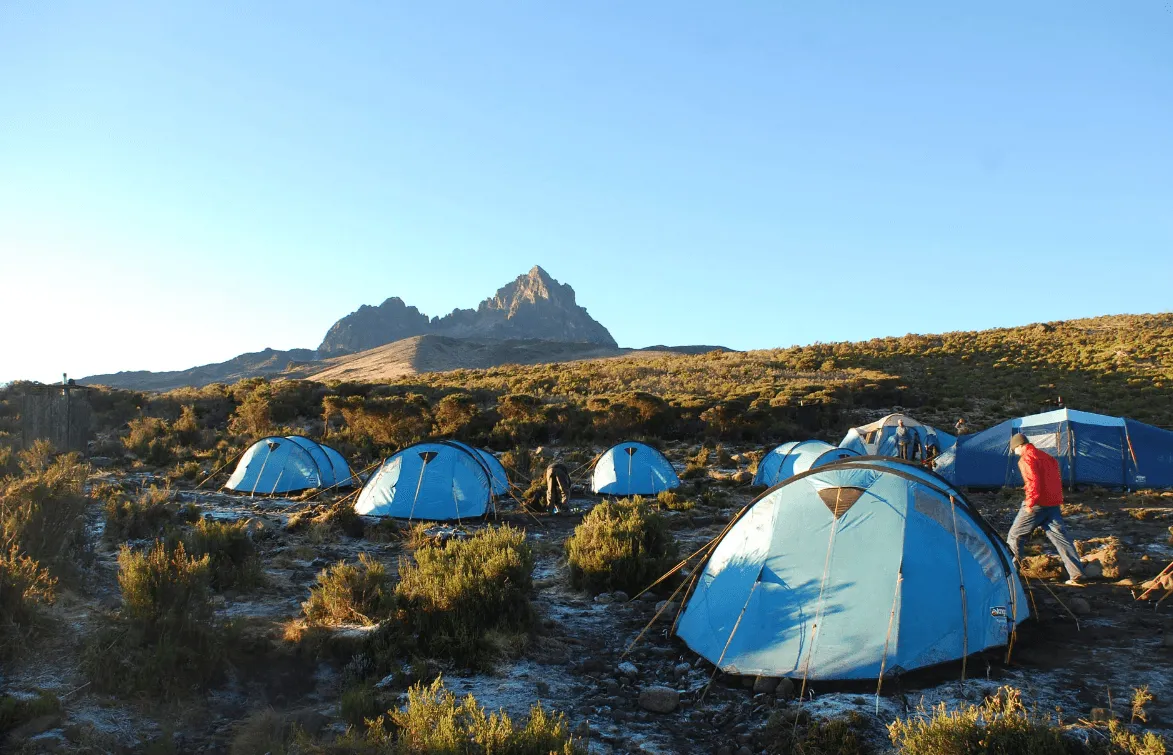
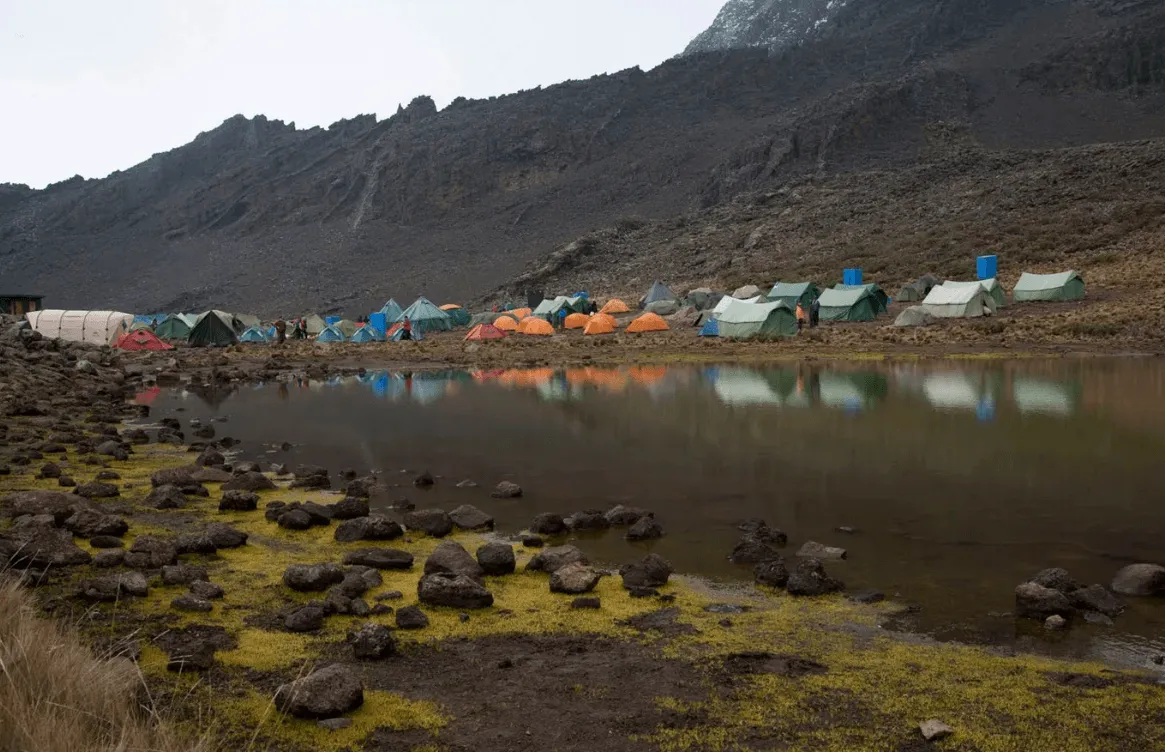
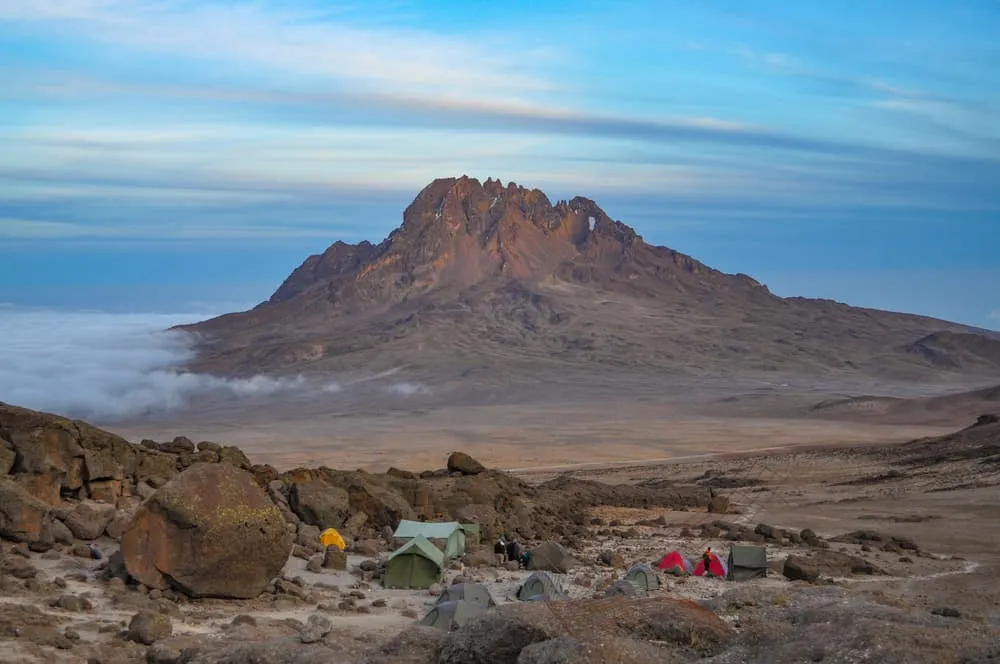
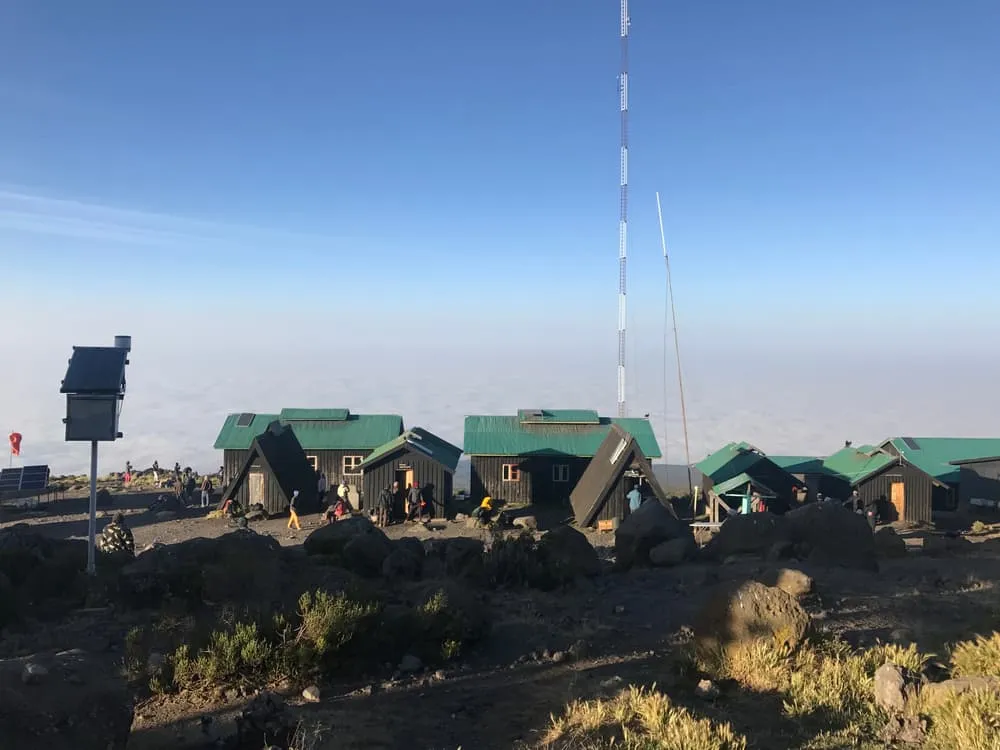
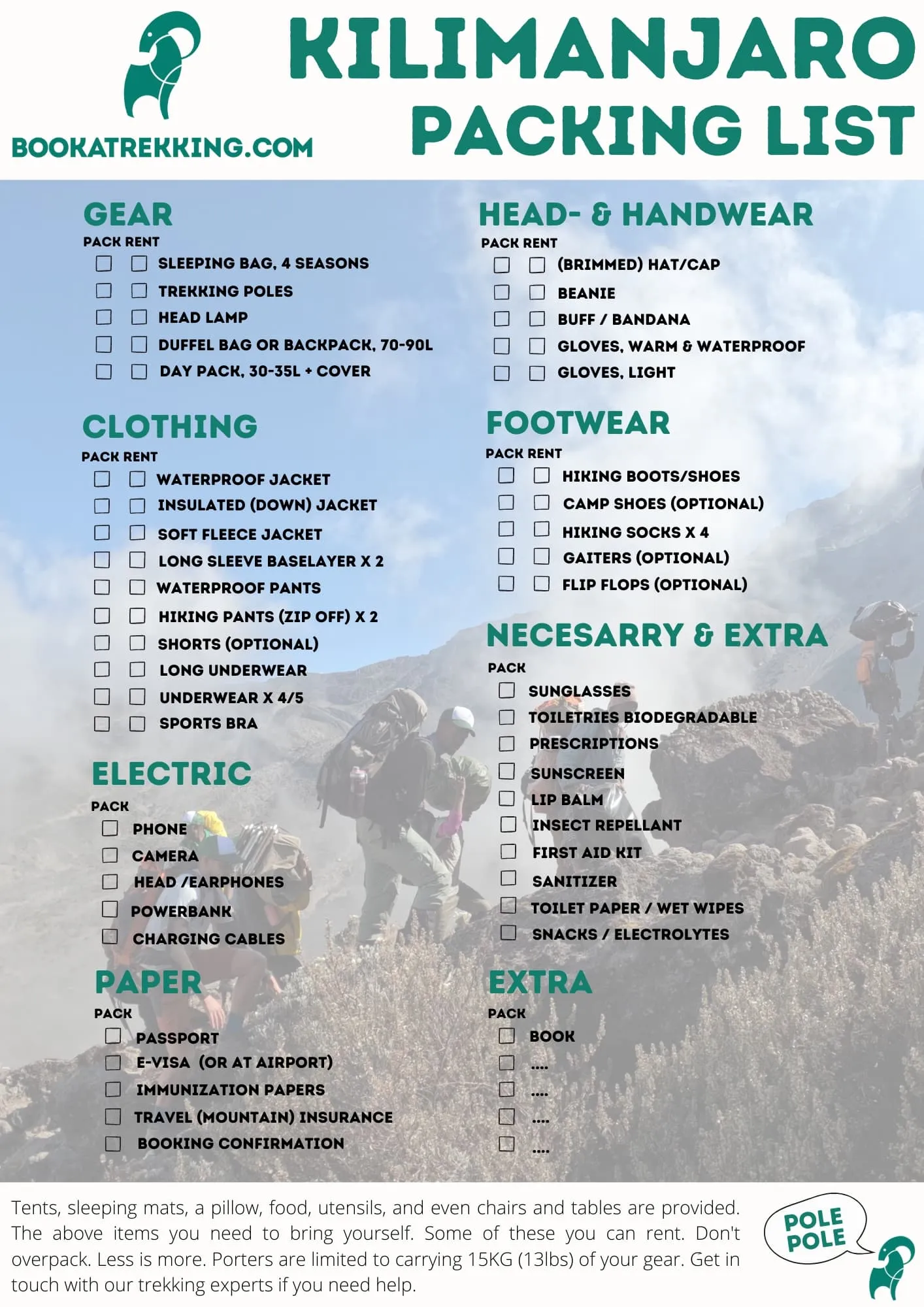

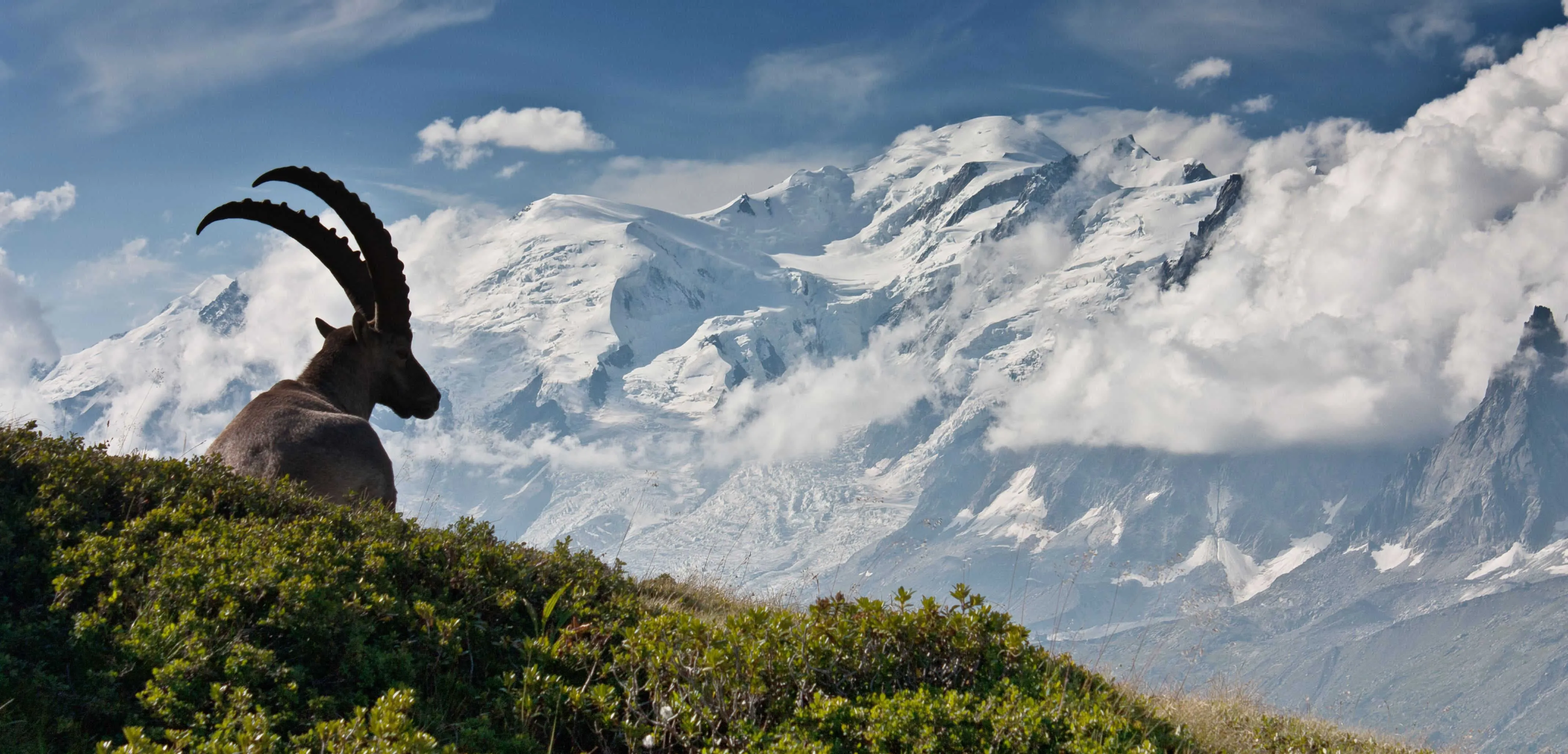
Comments